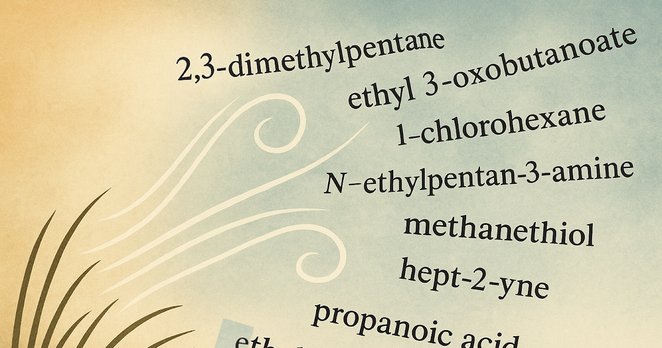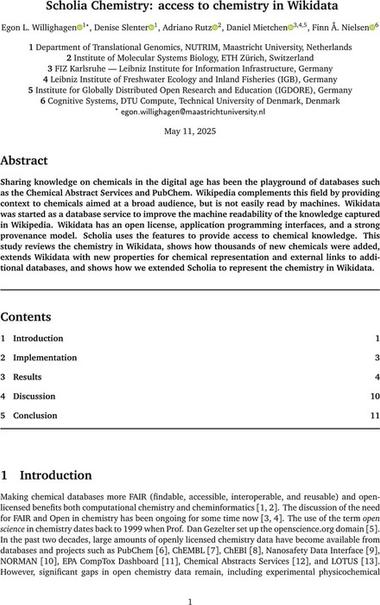Fwd: "Unleashing 4 million IUPAC names into the wild" https://chembl.blogspot.com/2025/08/unleashing-4-million-iupac-names-into.html
"In support of Egon Willighagen's 'One Million IUPAC Names' project, we have just released more than 4 million IUPAC names text-mined from patents. Here are the details as listed on Zenodo:"


![[maven-release-plugin] copy for tag 5.3.0 [maven-release-plugin] copy for tag 5.3.0](https://cdn.masto.host/photog/cache/preview_cards/images/013/290/774/original/a12ebf3cdea97e2d.png)
